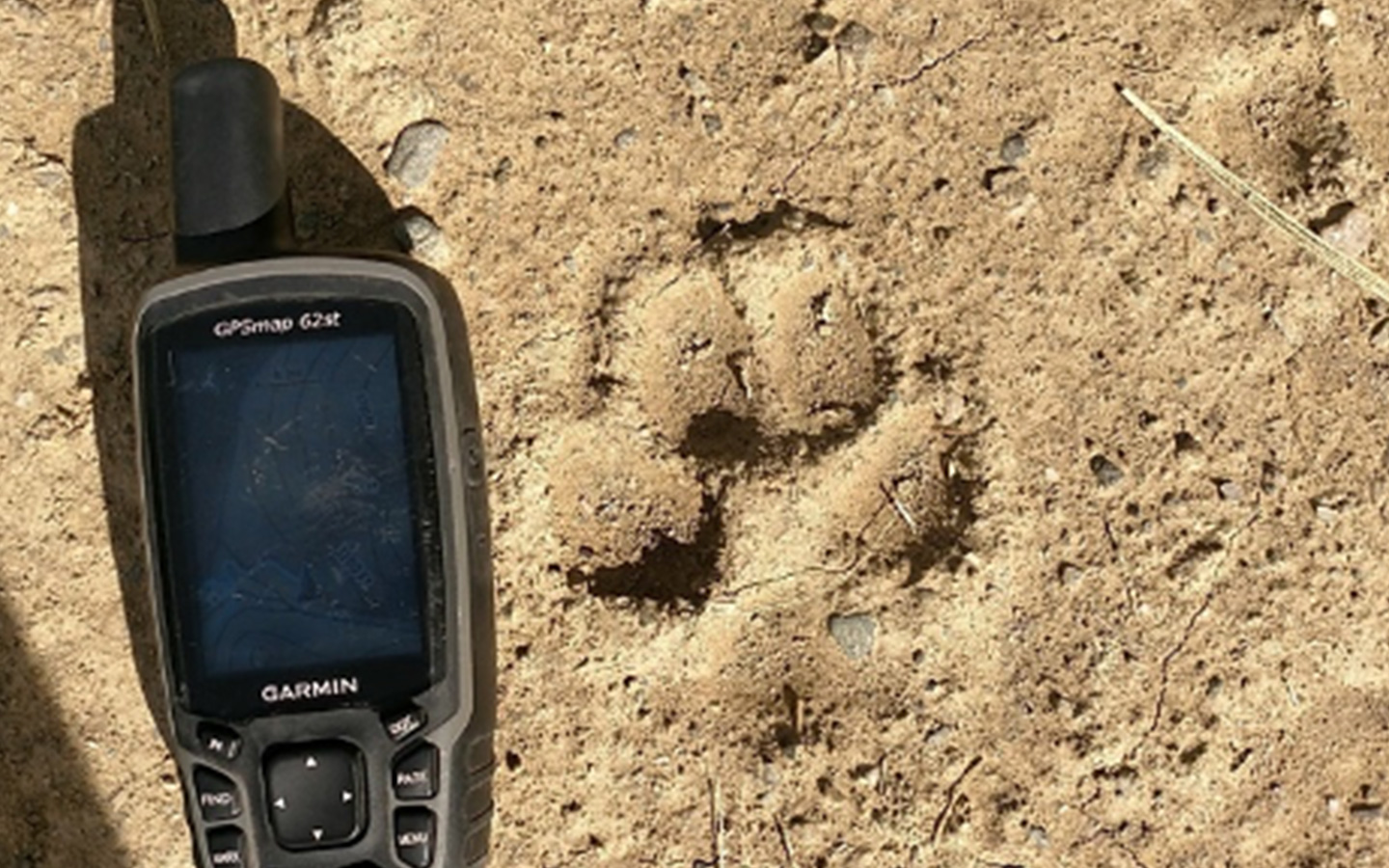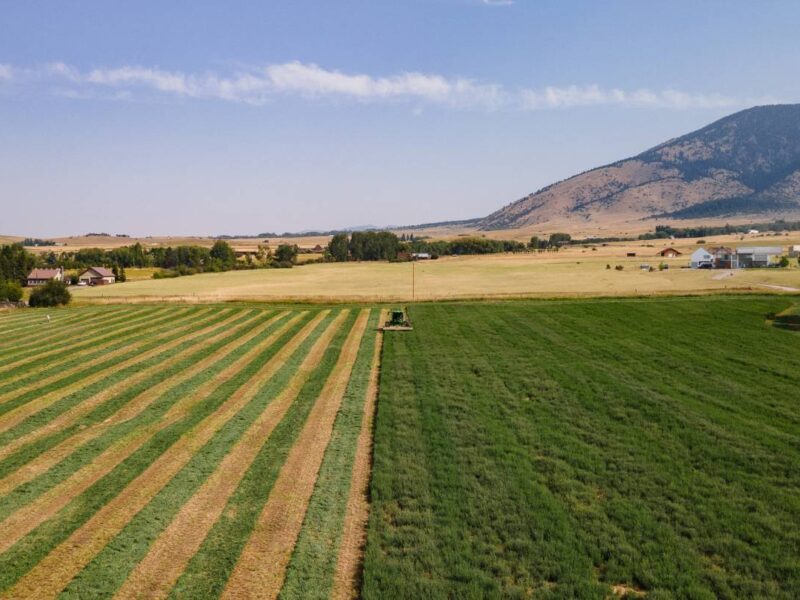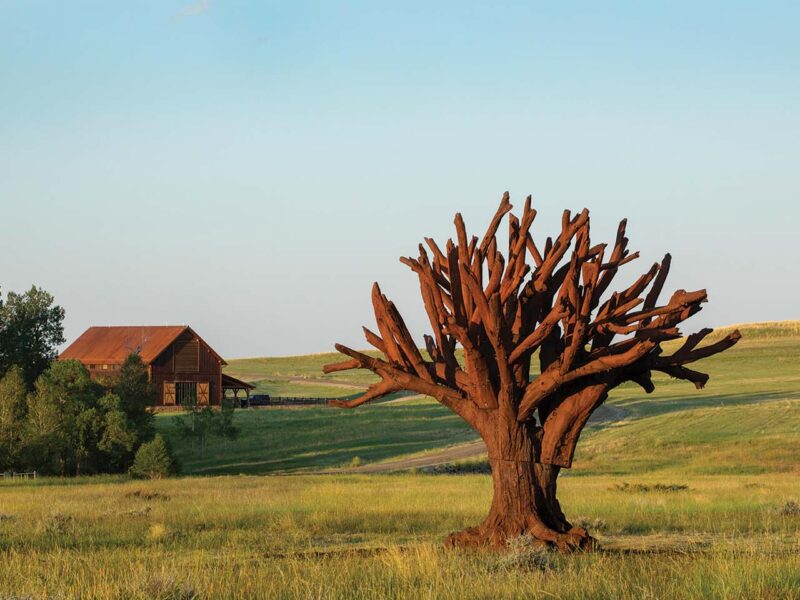
Tough questions about wolves in Washington
During the early years of wolf recovery, tension between people with different perspectives and values increased dramatically. There were some using this conflict for a broader agenda, while not endeavoring to reduce the polarization. Many others with various perspectives concerning wolf recovery began spending significant time and resources sincerely attempting to work together.
The 25 years or so that wolves have been making their way back across the Western United States after reintroduction in Yellowstone N.P. and central Idaho, and also on their own initiative from the nearby provinces, has been a bumpy ride for wolves, ranchers, agencies, advocates, and others. Wolves have injured or killed many domestic cattle and sheep, which has in some cases led to costly and controversial lethal control of wolves. The wolf population has still grown significantly in the Northern Rockies and the Pacific Northwest, and has exceeded the recovery goals in many states, or parts of states. For instance, certain regions of Washington state have overachieved in their contribution to the state’s overall wolf population and recovery goals. For these reasons and more, many people across the West are working on potential paths forward that strive toward less conflict between wolves and livestock and the people that care about both.
Ranchers are working hard to co-exist with predators
Many ranchers in northeastern Washington, where I am from, have applied preventative deterrence methods for some time to reduce wolf-cattle conflicts. These conflicts that have led to both dead cattle and dead wolves for several years. The use of deterrence methods to reduce wolf-livestock conflicts has grown locally, especially range riding or human presence. This part of the story – the collaboration, effort, and stress – hasn’t made it out to the general public. It’s a story about hard work, tough conversations, and eventual trust and friendship, not sensational but it’s a remarkable story that needs telling.
Many hardworking ranching families in northeastern Washington, and across the West, strive to co-exist with wildlife, including both grizzly bears and wolves. Wolf recovery has added costs, work, and stress to ranching, and any acceptance of wolf recovery in rural Washington depends on reducing financial impacts and stress on ranching families. If the bulk of the financial burden of implementing practical wolf deterrence methods is placed on ranchers, there will be less use of these methods, and most likely less collaboration. I believe both practical, pragmatic deterrence methods and collaboration can help both ranchers and wolves in the long run.
Many hardworking ranching families in northeastern Washington, and across the West, strive to co-exist with wildlife, including both grizzly bears and wolves.
The Northeast Washington Wolf-Cattle Collaborative is helping with the cost of wolf deterrence efforts, and also attempting to learn methods from efforts in other states from those who have lived with wolves for much longer than Washingtonians. The collaborative strives to be effective and efficient in the use of nonlethal wolf deterrence methods, and implement strategies designed to reduce wolf-livestock conflicts including the use of low-stress livestock handling and herd management. Some methods have been learned from friends in Montana including the Tom Miner Association, the Blackfoot Challenge, and members of the Conflict Reduction Consortium from the Western Landowner’s Alliance, a group from across the West. Lessons learned and knowledge gained concerning raising cattle in wolf country are shared with the Northeast Washington livestock-producing community.
A long-term vision for predator recovery
It may be instructive to ask, what do we want wolf or grizzly bear recovery to look like in five years? In 10 years? Do we want continual upheaval and a growing cultural divide between urban and rural residents? Or do we want to assist rural communities with deterrence efforts, potentially increasing tolerance where carnivore populations are on the landscape? And also, through education, do we want to work on increasing urban acceptance of carnivore management and the protection of livestock, potentially including carnivore removal?
The Northeast Washington Wolf-Cattle Collaborative believes the majority of people want a sustainable ranching community and recovered, stable carnivore populations. Why do we see a desire to maintain agriculture? Despite the fact that we all eat food, there are several other possible reasons. It could be the majority of people seek political balance, understand agriculture provides open space for wildlife, want locally sourced food and less food production within countries that are run destructively such as Brazil. One other reason I believe we desire to maintain agriculture can be found within the towns and cities surrounded by agricultural production. Many of us in those towns grew up involved with or are one or two generations removed from our families’ agricultural history. At the same time, most people love wildlife and nature, so it seems we must strive for coexistence if we are looking for a higher level of common ground. We will undoubtedly see a certain level of carnivore-livestock conflict; namely livestock being killed and the subsequent removal of offending wolves and bears. In Washington, the Northeast Washington Wolf-Cattle Collaborative and others are committed to searching for methods to reduce both the numbers of dead cattle and wolves, or, in other words, finding a path to more common ground.
The Northeast Washington Wolf-Cattle Collaborative believes the majority of people want a sustainable ranching community and recovered, stable carnivore populations.
We aren’t interested in forcing change, but we do believe as a wildlife species, wolves are unique in their ability to negatively affect livestock producers. We feel that this means adapting some herd management practices that better protect cattle from wolves and using targeted, efficient lethal removal of wolves until depredations end: both are warranted. If we communicate, look for common ground, embrace collaboration, are willing to adapt, there is a path forward.




